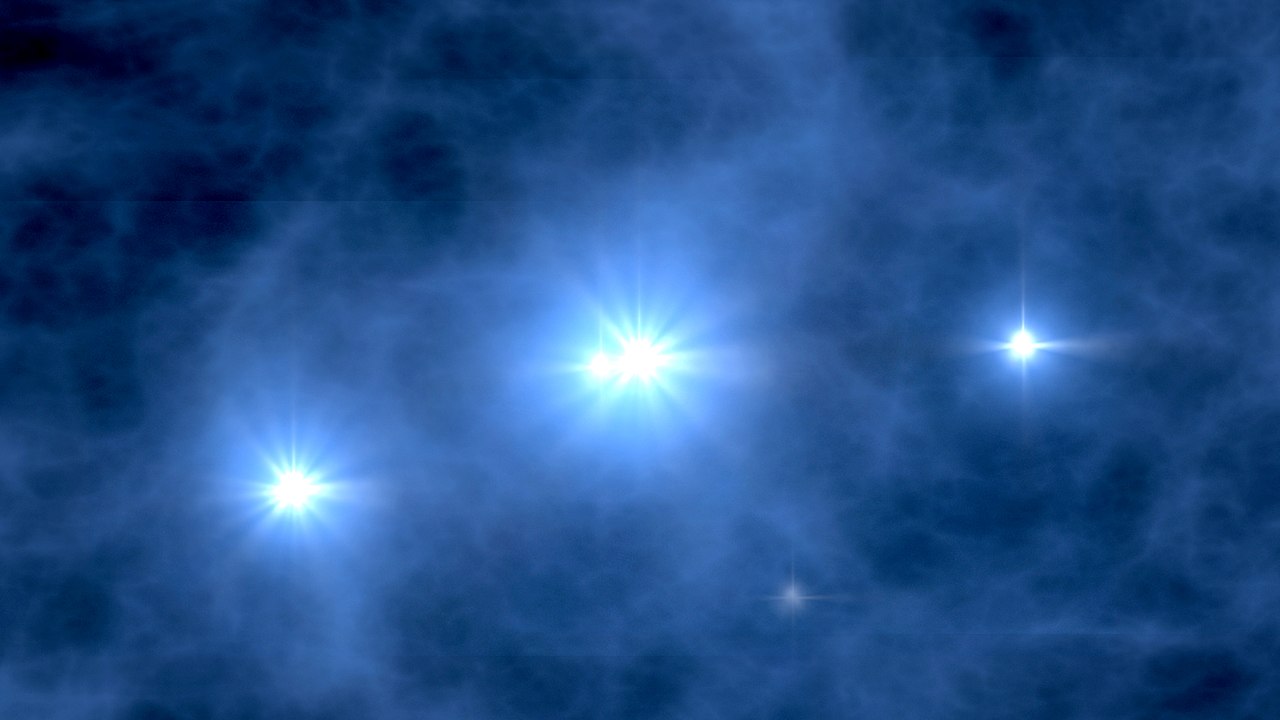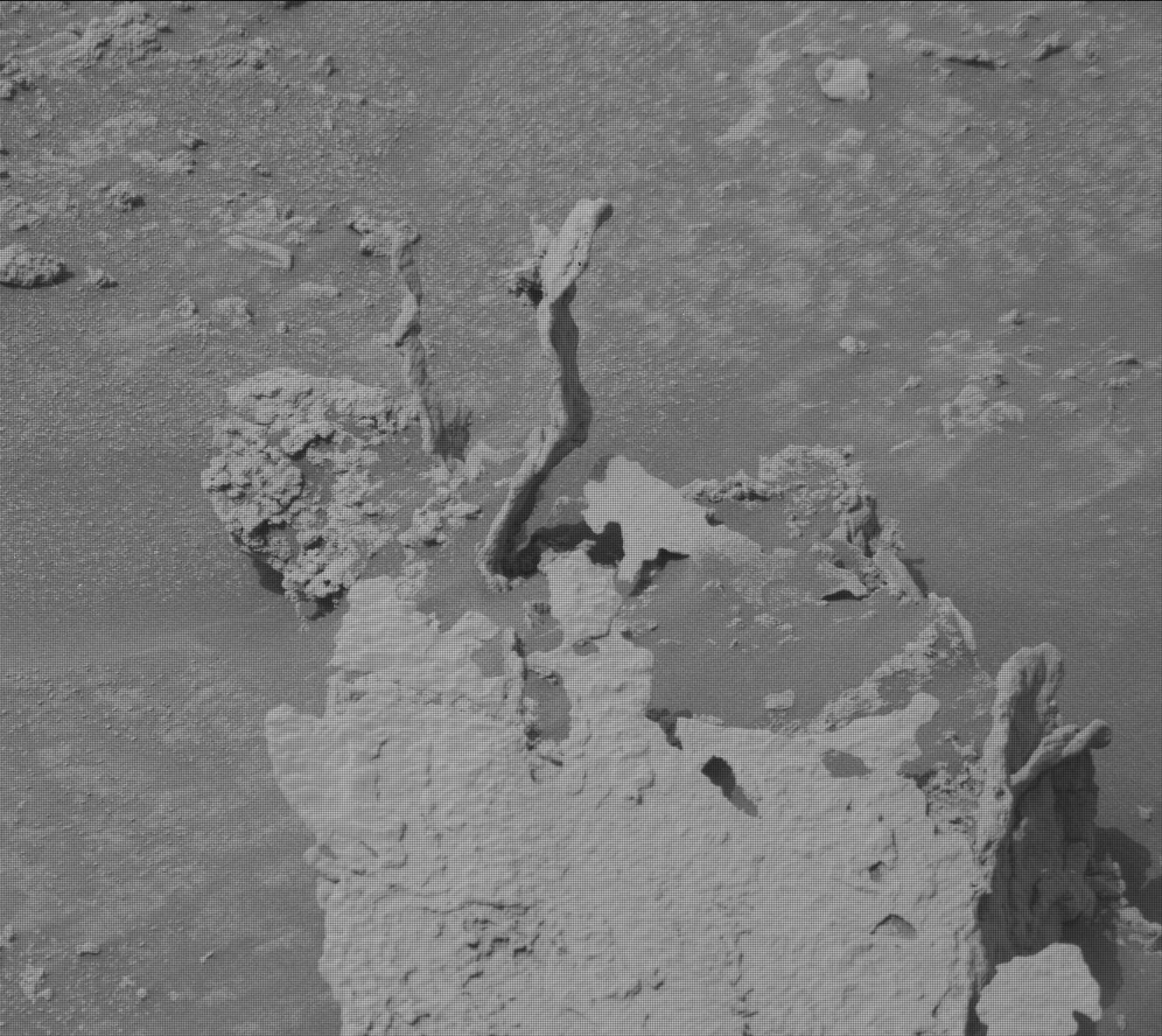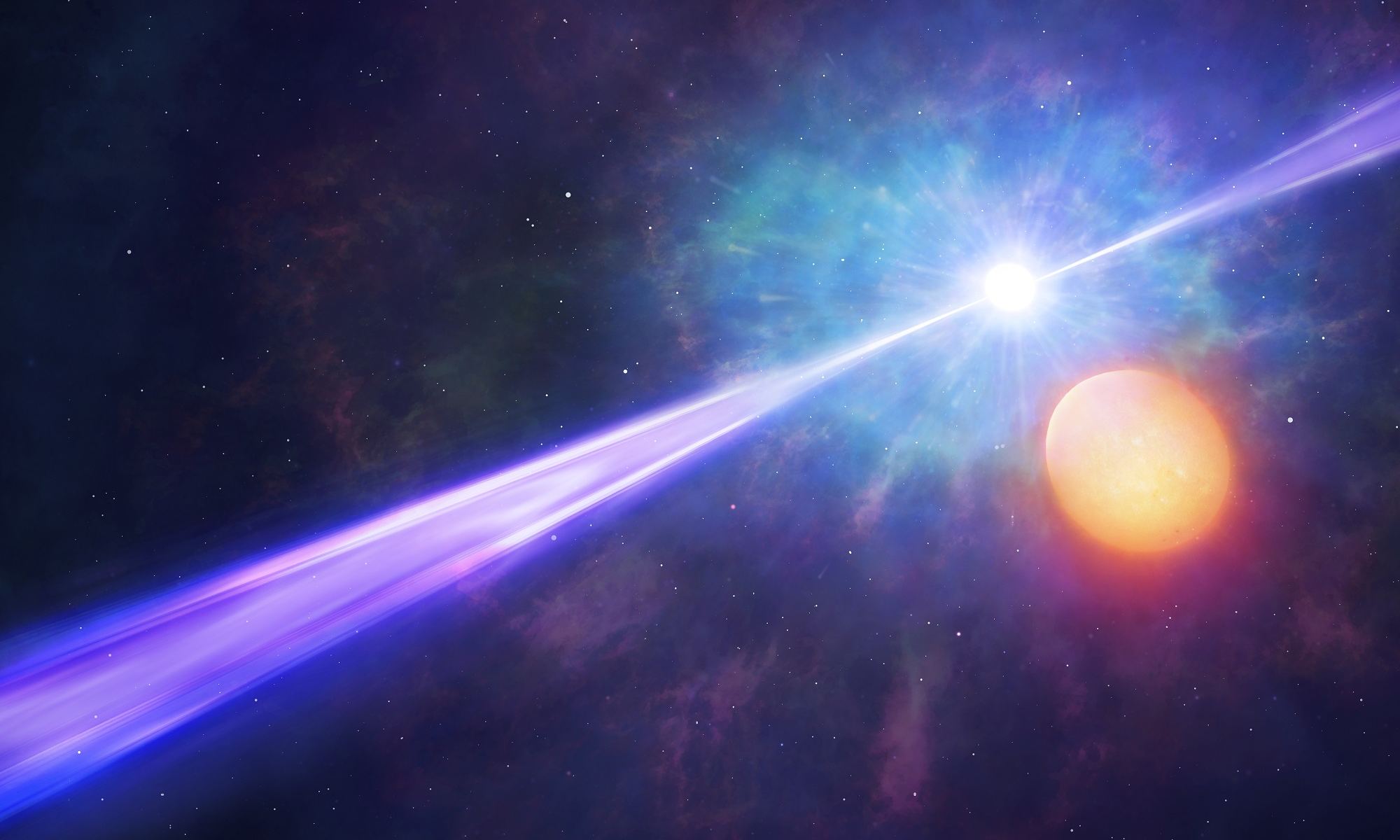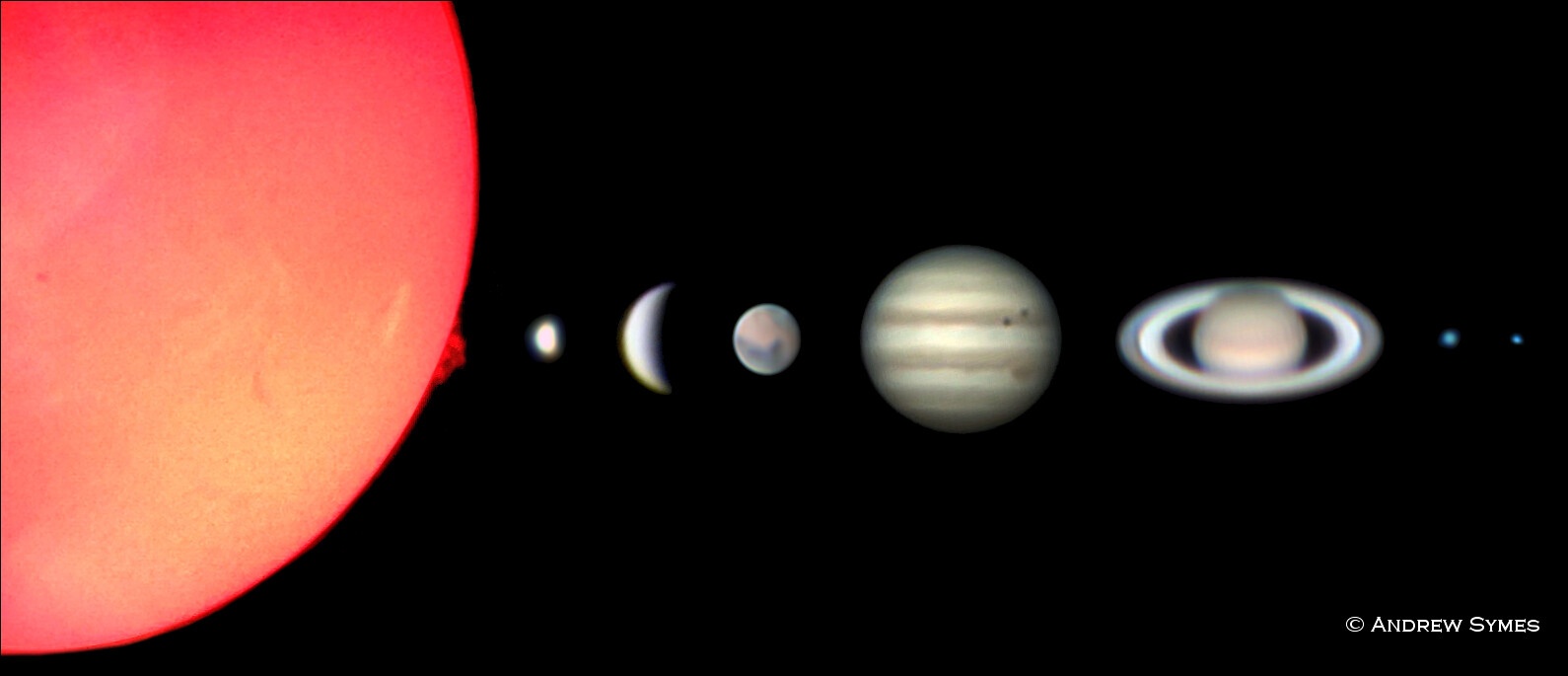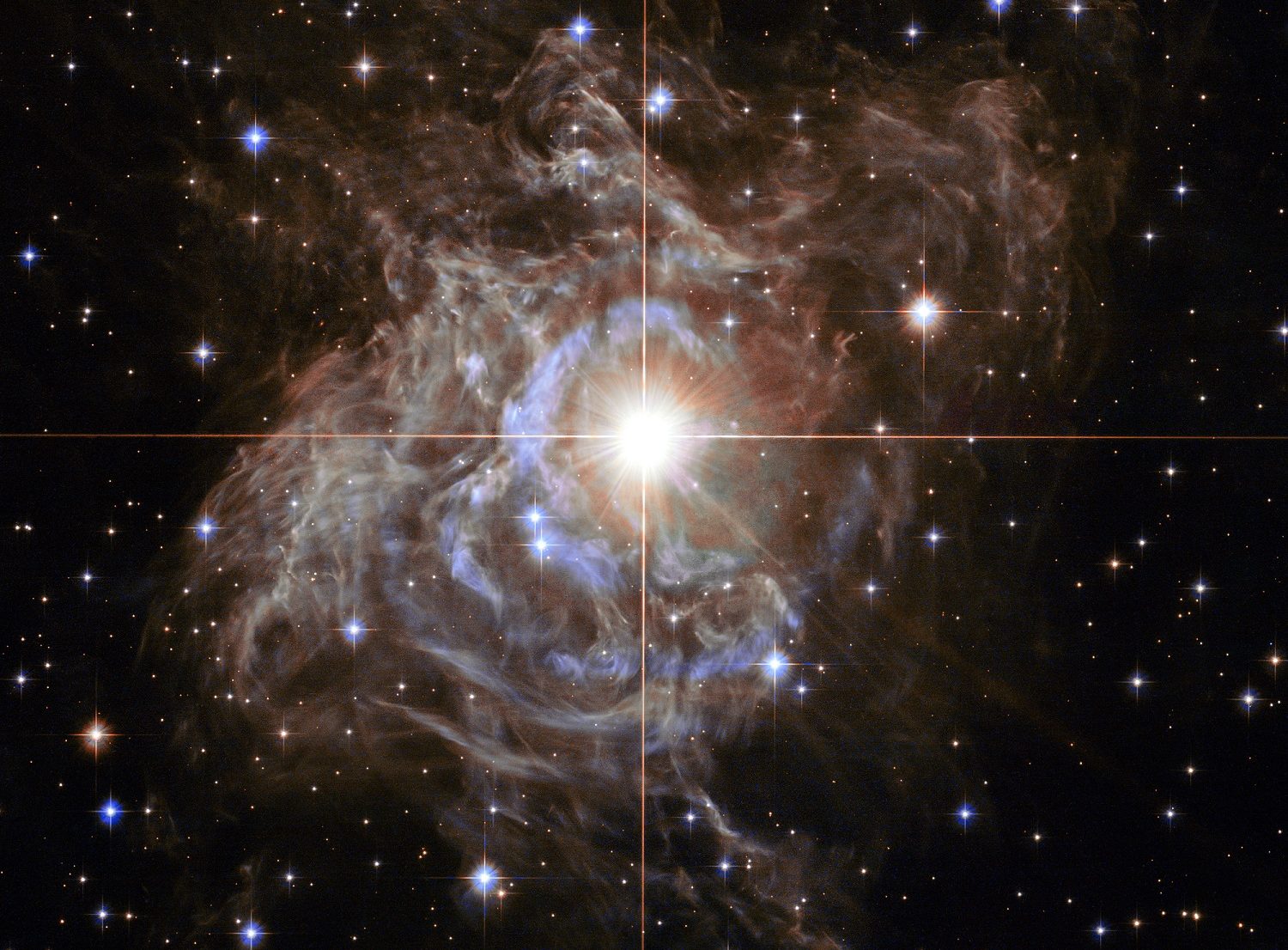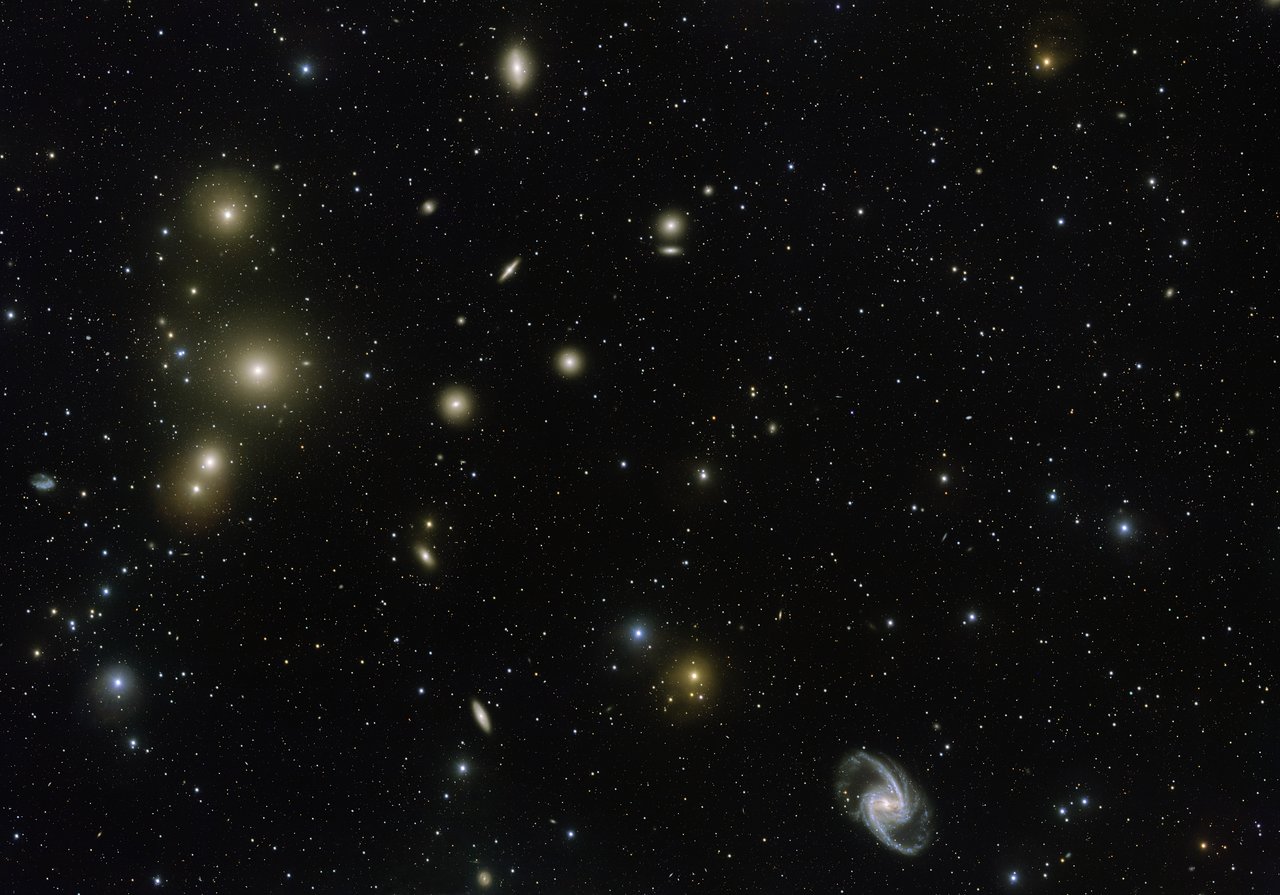We’re all familiar with the famous opening of the TV show “The Big Bang Theory”. It’s a song that begins with the verse: “The whole Universe was in a hot dense state…” performed by the BareNakedLadies band. Turns out it’s not just a cute line. The Ladies are right—it describes exactly what was going on with the Universe a long time ago. After the Big Bang, the cosmos was an intensely hot, dense, rapidly expanding soup of plasma. It was also in a cosmic “dark age” because there were no sources of light. It was just… well… dark. And hot.
Continue reading “Cosmic Dawn Ended 1.1 Billion Years After the Big Bang”Cosmic Dawn Ended 1.1 Billion Years After the Big Bang
